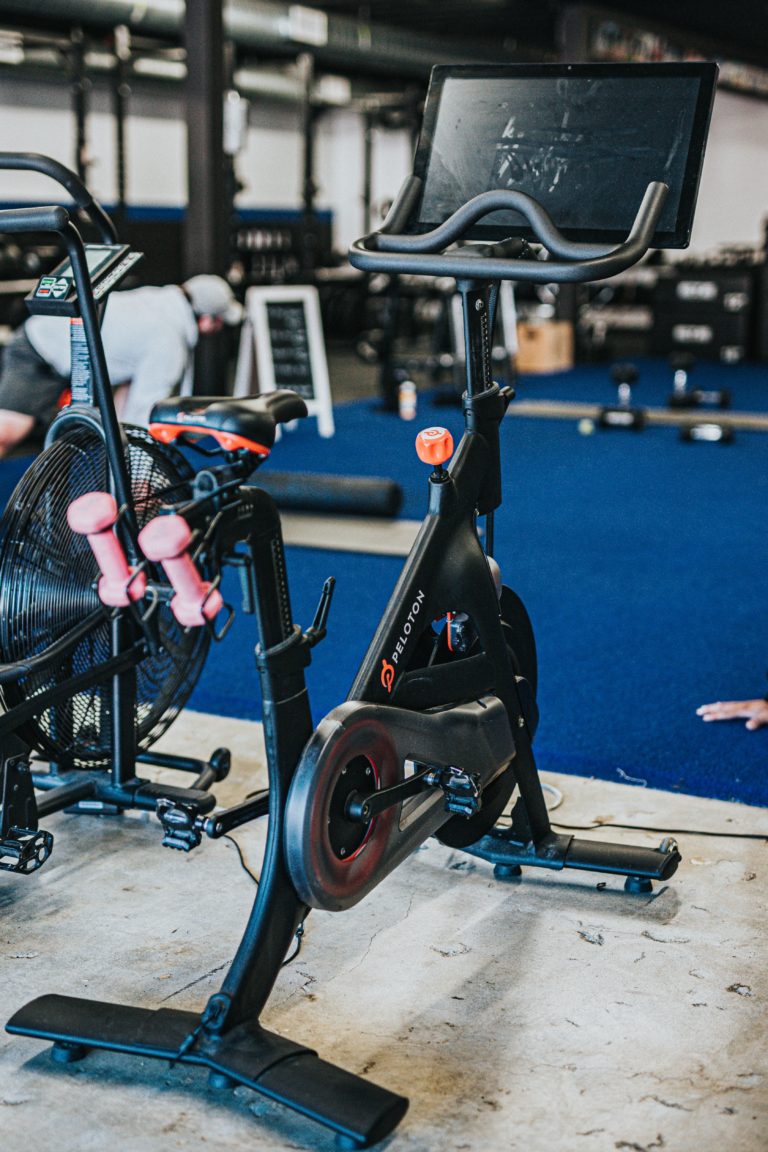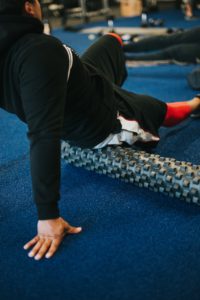
Do you have a Peloton?
I know a lot of you are raising your hand and excitedly answering this with a resounding, “Yes!!!” We are like a community of people, almost cultish, but in a good way. I love it too!
Do you ride it everyday? Do you ride it the same way everyday with a puddle of sweat below the bike and the screen showing a personal record? Anything less is not a success to some so there’s a lot of going “rogue” during those 20-minute low impact rides. Can you relate?
Peloton checks all the boxes that keep you coming back. It’s an amazing tool for habit change. You have a screen where you can race against people, you have a tracker that shows your workouts, shows your progress and shows your streaks. Not to mention the proximity of having it in the house in front of you everyday reminding you to keep that streak going. And you do it because you love it.
But could doing the Peloton everyday on high rev be detrimental?
Exercise diversity is important. As a trainer I’d see runners and cyclers with issues because that was the only workouts they ever did. Having a balance of stretching, strength training, foam rolling, and cardio is the best path. Doing the same workout will eventually lead to a plateau and eventually could lead to muscle imbalances. Our bodies are smart and they learn to adapt to the stress really quickly. So if you want to get stronger or improve your overall fitness you have to keep challenging yourself by adding different weights, reps, time, resistance or working a new muscle group in a different way.
I do this with Peloton when I go back to Power Zone trainings when I want to make strides! I listen to the instructor and update my FTP. It definitely works. I also tend to change how I strength train every 3-4 weeks varying the reps, the weights, and the exercises.

Here’s 5 quick tips to help exercise diversity:
- Throw something new at your body about every 3 weeks.
- Listen to your body. If you’re sore, go lighter. I use my Oura ring to help me with my recovery and where my body is at.
- Alternate strength with cardio workouts.
- Dedicate one day a week at least to some yoga, pilates, or long stretches
- Don’t underestimate the value of recovery weeks/days. They actually will help you make gains. It’s during these periods that your muscles repair and recover from the exercise-induced damage you’ve done to them. That’s how they get bigger and stronger. Skipping out on this part can lead to injury and stunt your progress. I enjoy active recovery days like a light bike ride outside or a walk.
If you want to be a good runner or cycler and do it for a long time you have to have the strength, the flexibility and the mobility and if you’re skipping these other modalities you’re risking the chance of injury. Add the diversity to your workout to get the results you want and stay injury-free!

